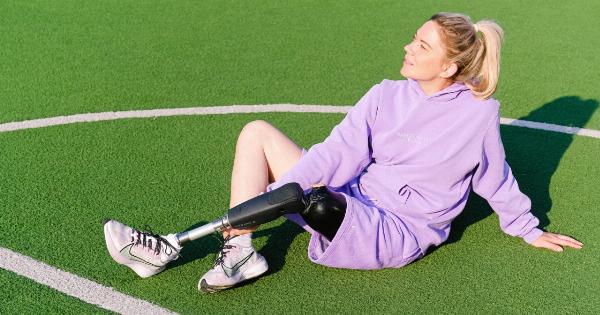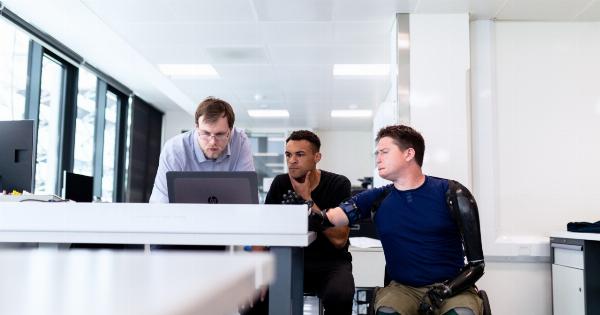Prosthetic limbs have been around for decades, offering amputees the opportunity to regain mobility and independence.
Advances in technology and medical research have allowed prosthetic limbs to become more sophisticated and realistic, providing a more natural experience that better simulates the feeling of having a real limb. However, there is still much work to be done to develop prosthetic limbs that can best adapt to the body and its motions.
Understanding Prosthetics
Prosthetics are artificial limbs designed to replace missing limbs or to supplement limbs with limited function.
They are made of various materials, such as plastics, metals and carbon fiber, and can range from simple cosmetic devices to high-tech devices that can be controlled by the user’s thoughts.
Prosthetics are not just about replacing a lost limb, they must also fit properly and be comfortable for the user.
A good prosthetic should allow the person to perform daily activities, such as walking, running, and carrying objects, as well as help them maintain their independence.
Current Prosthetic Technology
Current prosthetic technology uses sensors, motors, and microprocessors to create a wide range of artificial limbs that can perform a variety of tasks.
These devices can be controlled by the user’s muscles, electrical signals, or even their brain waves. Prosthetic limbs can be connected to the body via a socket or implanted directly into the bone.
Prosthetic limbs come in a variety of shapes and sizes to accommodate different lifestyles. Some prosthetic devices are designed for everyday use, while others are designed specifically for sports and other physical activities.
Moving Towards More Advanced Prosthetics
As prosthetic technology continues to evolve, so do the opportunities for research, development, and innovation.
Engineers and scientists are exploring new materials, designs, and technologies to create prosthetic devices that are more adaptable, responsive, and efficient.
One of the biggest challenges for prosthetic designers is creating a limb that can accurately translate the user’s mental commands into physical movement.
Currently, most prosthetic devices rely on sensors and motors to perform movements, but they can often be clumsy or awkward.
Scientists are now looking at ways to incorporate more advanced technologies, such as machine learning, to create prosthetic devices that are more intuitive and responsive to the wearer’s needs.
Artificial Intelligence and Prosthetics
Artificial intelligence (AI) is one of the newest areas of research being used to develop prosthetic limbs that best adapt to the body and its motions.
AI can help prosthetic devices better understand the user’s intended movements, allowing them to respond more accurately and quickly.
For example, researchers at MIT developed an AI-powered prosthetic leg that can anticipate the user’s movements and adjust accordingly.
This technology uses sensors to detect movements and machine learning algorithms to predict the user’s next move, allowing the prosthetic to react in real-time.
Other researchers are using AI to develop prosthetic arms that can detect objects in the environment and adjust the grip accordingly.
These devices use sensors to detect the size, shape, and texture of objects, then use machine learning algorithms to determine the best grip or movement.
Customizing Prosthetics for Optimal Adaptation
While AI and other technologies can help improve prosthetic devices, customization is essential for creating a limb that best adapts to the user’s needs.
Prosthetic devices must be tailored to the user’s body type, function, and lifestyle.
The socket, which connects the prosthetic to the body, must fit correctly and be comfortable, while the device itself must be designed specifically for the user’s needs and preferences.
Customization can involve everything from selecting the right material for the device to designing it to match the user’s skin tone.
The goal is to create a prosthetic device that blends in with the user’s body and does not draw unnecessary attention.
The Future of Prosthetics
As technology continues to improve, the future of prosthetics looks promising. Scientists and engineers are working on everything from brain-computer interfaces to prosthetic devices that can “feel” and “touch” like a real limb.
Some researchers are also exploring the use of bioprinting, a process that involves printing replacement tissue directly onto a prosthetic device.
This would allow the prosthetic to integrate more seamlessly with the user’s body, providing a more natural experience.
Ultimately, the goal for prosthetic limb development is to create devices that mimic the function and appearance of a natural limb, while providing amputees with a comfortable, functional, and independent life.





























